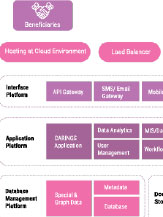DAMPS is a comprehensive system integrating G2C and G2G services via GIS maps and realtime systems. It ensures prompt ex-gratia assistance to disaster victims’ next of kin, enhancing service quality for Disaster Management Authorities. Currently operational across Odisha, it serves the Office of the Special Relief Commissioner, covering 30 districts, 58 SubDivisions, 317 tahasils, and 2540+ RI circles, promoting governance and transparency.
Odisha’s unique geo-climatic conditions make it highly vulnerable to a variety of natural disasters. The coastal areas are prone to cyclones, storm surges, and tsunamis, while its 11 major river systems frequently cause floods. Flash floods, landslides, and increasing drought severity in the western regions further compound these challenges. Additionally, the state faces risks from moderate earthquakes, heat waves, lightning strikes, forest fires, and industrial accidents. The rapid industrialization also heightens the potential for Chemical, Biological, Radiological, and Nuclear (CBRN) incidents. To address these multifaceted risks, the Office of the Special Relief Commissioner, in partnership with the National Informatics Centre, has implemented an ICT-enabled project. The Disaster Assistance Monitoring & Payment System (DAMPS), developed by NIC Bhubaneswar, ensures timely, transparent financial assistance to disaster victims and their families. This system aims to set a benchmark in service delivery by proactively supporting disaster relief operations across Odisha.
Furthermore, DAMPS integrates comprehensive data management capabilities, including realtime monitoring, decision support analytics, and administrative oversight. This integration enhances the state’s readiness and response capabilities, allowing for targeted interventions tailored to specific disaster types and vulnerable geographic areas.
Functionalities
DAMPS encompasses a broad array of functionalities essential for disaster management and relief operations. Key features include:
- Field Data Collection: Gathering and verifying real-time data on casualties and injuries caused by natural disasters from Revenue circles and Tahsils.
- Case Initiation and Approval: Initiating, scrutinizing, and sanctioning cases by Tahasildars, Sub-collectors, and District Collectors respectively.
- Integration with CCTNS Portal:Linking cases to the Crime and Criminal Tracking Network & Systems (CCTNS) portal for unnatural death cases
- Case Examination and Review: Evaluating and reviewing cases by Assistant Settlement Officer (ASO), Under Secretary, Joint Relief Commissioner (JRC), and Additional Commissioner of Relief (ACR).
- Approval and Disbursement: Approving cases by the Special Relief Commissioner (SRC) followed by financial disbursement by Financial Advisor (FA) and Drawing and Disbursing Officer (DDO).
- Online Payment Disbursement: Directly transferring ex-gratia assistance for death and injury to the Next of Kin (NOKs) of disaster victims via the Integrated Financial Management System (IFMS).
- Dashboard Monitoring: Monitoring operations through dashboard-based systems at the sub-divisional, district, and state levels
This comprehensive system is implemented statewide in Odisha, initially focusing on ex-gratia payments for death, injury, and missing persons. The Government of Odisha aims to establish a benchmark in service delivery, exemplifying proactive disaster assistance that sets a standard for other states across the country.
Salient Features
- Real-time Reporting: Mobile app and web-enabled platforms for immediate reporting of casualties, missing persons, and injuries by Revenue Inspectors from the field.
- Next of Kin Identification: Efficient identification of Next of Kin (NOK) of the victim to streamline assistance.
- Integration with Law Enforcement: Integration with CCTNS for seamless linking of Unnatural Death FIRs, Post Mortem (PM) reports, VISRA reports, etc., from respective police stations
- Case Management: Forwarding and re-forwarding of cases to the next level for necessary actions and approvals.
- Financial Management: Integration with Integrated Financial Management System (IFMS) for online disbursement of financial assistance.
- Reporting and Analytics: Generation of detailed reports on district-wise figures of casualties, missing persons, and injuries.
- Dashboard Monitoring: Dashboard-based monitoring at the State and District levels for real-time oversight and decision-making.
- Notification System: Notification of failed payments and reasons, ensuring transparency and accountability.
- Security and Access Control: Secured access with role-based authorizations to protect sensitive data and ensure compliance with regulations.
Technology Stack
DAMPS, developed by NIC Bhubaneswar, is a cloud-based solution integrating GIS, secure web apps, and mobile responsiveness, supporting Revenue & Disaster Management Department, Govt. of Odisha since last 3 years. Officials use rolebased workflows for secure financial transactions via IFMS. Hosted on NIC’s MeghRaj Cloud, the web app launched on https://dampsodisha.nic.in in June 2020, backed by ongoing NIC support.
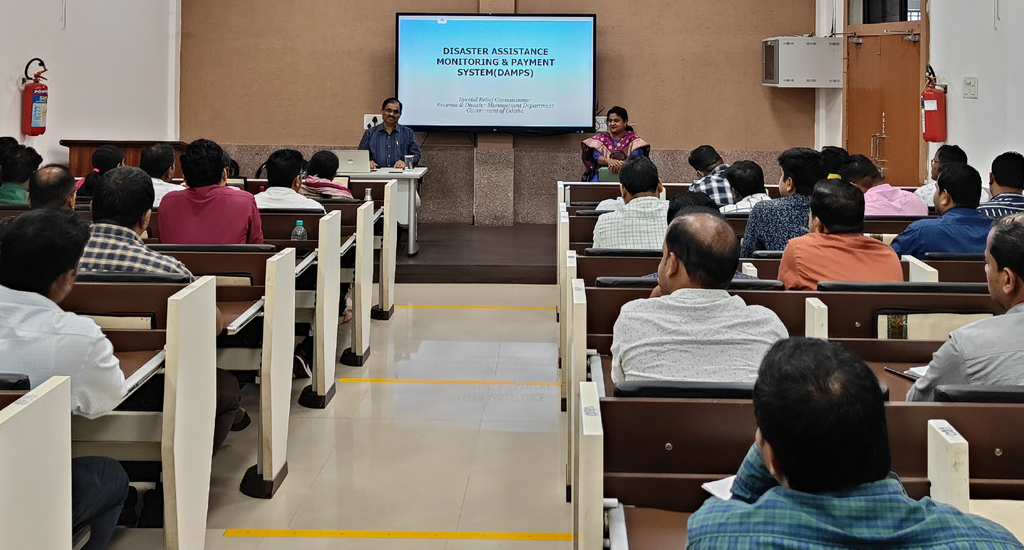 Fig 9.4 Capacity Building of Field level Officers for
DAMPS
Fig 9.4 Capacity Building of Field level Officers for
DAMPS
Its technology stack includes:
- Windows server, IIS, SQL Server 2014
- ASP.Net, C#, JavaScript, JQuery, CSS, JSON, REST API, Bootstrap, VS Reporting Tools for web apps
- Android, Java with JDK 1.8, JSON, REST API, Volley, HTTP, XML, View Components for mobile apps
- Google Maps integration for spatial data visualization and disaster management support.
Benefits
Immediate Reporting from the Field (G2C) (G2G)
- Swift reporting via mobile apps for Preliminary Information Reports (PIR), aiding quick decision-making by administrators.
- Reduced response times with user-friendly forms, online manuals, and proper screen layouts for incident data input.
- Geo-tagging via mobile apps enhances lastmile connectivity, improving public satisfaction with disaster assistance services.
- Centralized control and monitoring through single-point access accelerates financial assistance processes.
Initiation of Ex-Gratia Cases at Tahasils (G2G)
- Automated case number generation and digital document management streamline workflow at tahasil levels.
- Digital order sheets enhance transparency with sequential noting and commenting, overcoming previous issues of file mismanagement
- Online sanctioning and automatic case numbering simplify district-level operations, consolidating information for easier re
Easy Access and Transparency (G2C) (G2G)
- Enhanced public access to information ensures transparency in tracking stage and status updates.
- SMS-based notifications keep Next of Kin informed about payment objections or successful disbursements.
Online Integration with CCTNS Portal (G2G) (G2C)
- Seamless integration with the CCTNS portal facilitates efficient verification of police records at tahasil administration levels.
Reduction in Administrative Pendency (G2G)
- Performance metrics measure and reduce administrative pendency, generating reports on pending days at various administrative levels.
The Disaster Assistance Monitoring & Payment System (DAMPS) has been an important and efficient tool for Disaster Management Authorities for disbursal of ex-gratia assistance to the next of kins of disaster affected victims. The online implementation has significantly reduced manual paper works and delay at different levels. With the implementation of 5T initiatives of Government, DAMPS has proven ability of using technology, team work within time leading to transparency and transformation. The NIC, Odisha has provided technical solution and consultancy in implementing the portal that has been working since last 3 (three) years very successfully. I take the opportunity to congratulate you all for the continued effort and look forward for greater participation in future.

Satyabrata Sahu IAS
Special Relief Commissioner & Additional Chief Secretary Revenue & Disaster Management Department Government of Odisha
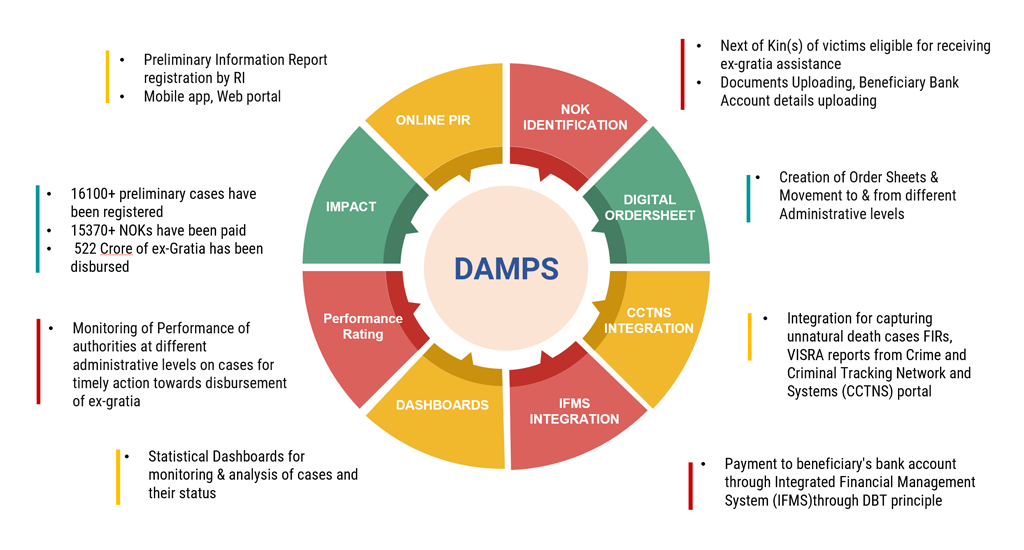 Fig 9.1: Disaster Assistance Monitoring & Payment System,
Odisha
Fig 9.1: Disaster Assistance Monitoring & Payment System,
Odisha
Performance Rating of Administrative Domains (G2G)
- Ratings based on case disposal and disbursement metrics guide improvements and corrective actions across administrative domains.
Disbursement of Ex-Gratia Payments (G2C)
- Ex-gratia payments are targeted based on disaster type and incident severity to ensure fair compensation. For instance, payments are structured at Rs. 4,00,000 (four lakh) for death cases due to drowning, snakebite, lightning, flooding, cyclone, heavy rain, earthquake, etc., and Rs. 50,000 (fifty thousand) for heat wave incidents, optimizing financial assistance allocation efficiently
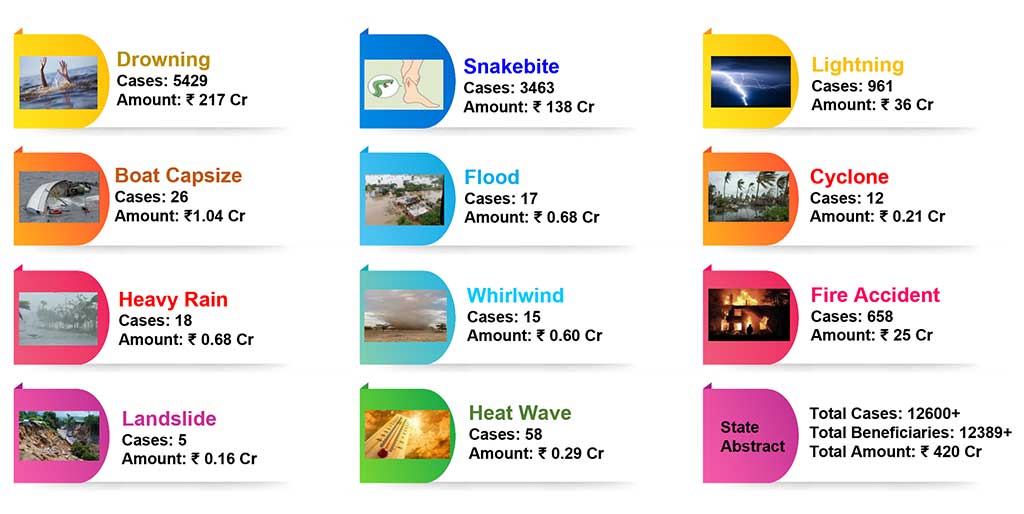 Fig 9.5 Statistics of ex-gratia cases in odisha
Fig 9.5 Statistics of ex-gratia cases in odisha
Implementation and Impact
- Over 16,000+ preliminary cases have been registered for casualties, missing persons, and injuries by Revenue Inspectors.
- Online integration with the CCTNS portal has significantly reduced the time needed to obtain police FIR reports and Post Mortem Reports through traditional methods.
- Transparency is ensured by providing information to Next of Kin (NOK) via SMS and the website.
- Payments have been made to over 15,370 NOKs to date.
- More than 522 Crore of ex-gratia payments have been disbursed to NOKs of disaster victims.
- Citizens benefit from streamlined service with online payment options, eliminating the need for physical transactions.
- Dashboards and analytical reports have improved monitoring, addressing operational challenges promptly to enhance service delivery to NOKs.
Awards
Following are the awards and recognition received for the project:
- TechSabha Award 2024
- Skoch Silver Award 2023-2024
- Gov-Connect Digital Transformation Award 2022-2023
- CSI SIG e-governance Award 2021-22
- Gems of Digital India Award 2020-21
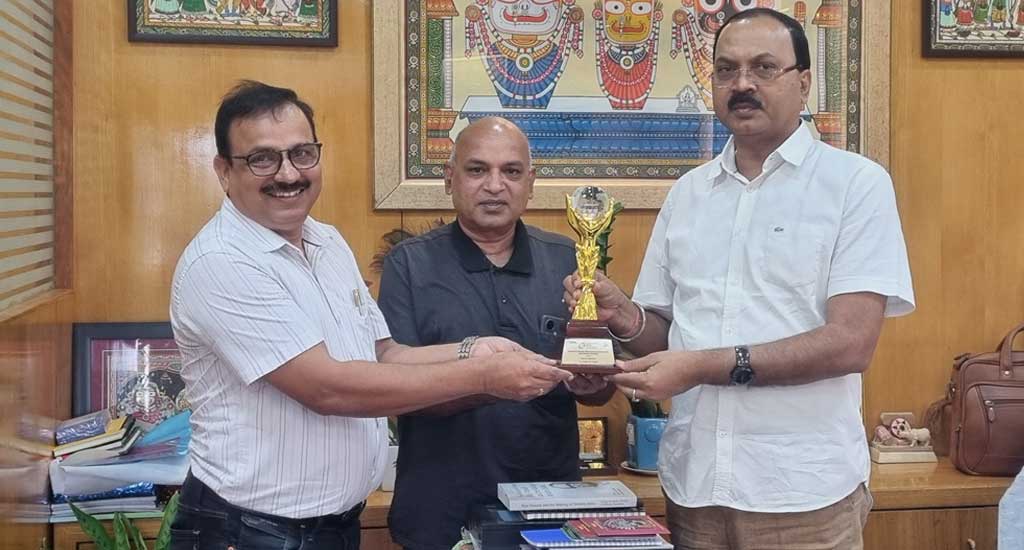 Fig 9.3: Technology Sabha Excellence Award 2024 being received by
Shri Satyabrata Sahu, IAS, Additional Chief Secretary, Odisha
Fig 9.3: Technology Sabha Excellence Award 2024 being received by
Shri Satyabrata Sahu, IAS, Additional Chief Secretary, Odisha
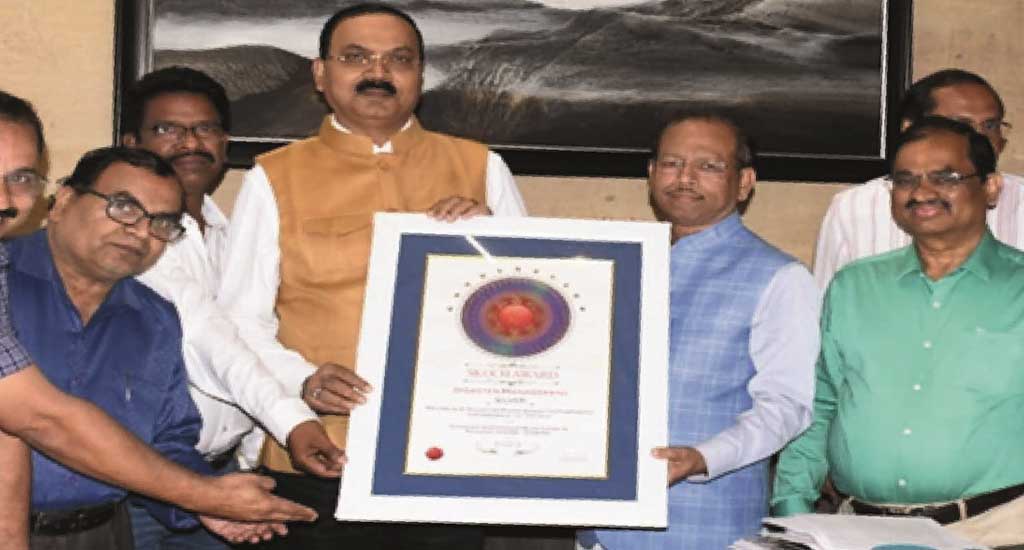 Fig 9.2: Shri PK Jena, IAS, Chief Secretary, Odisha along with
NIC DAMPS Team
receiving the Skotch Award
Fig 9.2: Shri PK Jena, IAS, Chief Secretary, Odisha along with
NIC DAMPS Team
receiving the Skotch Award
Way Ahead
DAMPS will broaden its coverage to include comprehensive assistance measures: agricultural aid for farmers facing land losses due to de-silting, fish farm restoration, and impacts from landslides or river course changes. It will also address losses in agricultural, horticultural, and annual plantation crops. Additionally, the platform will provide animal husbandry support to small and marginal farmers, covering replacements for milch animals, draught animals, and animals used for haulage. Ex-gratia payments will be extended for fully, severely, or partially damaged Pucca, Kutcha, or Hut houses, ensuring robust support across various types of disaster scenarios.
Contributors / Authors

Ajit Kumar PandaSr. Technical Director ak.panda@nic.in

Mamata KhamariSr. Technical Director m.khamari@nic.in

Lalatendu DashSr. Technical Director lalatendu.dash@nic.in
- Tag:
- Internet
- Technology
- eGov
- Tech
Lalatendu Dash
Sr. Technical Director
NIC Odisha State Centre
Sachivalaya Marg, Unit-IV
Bhubaneswar, Odisha - 751001




